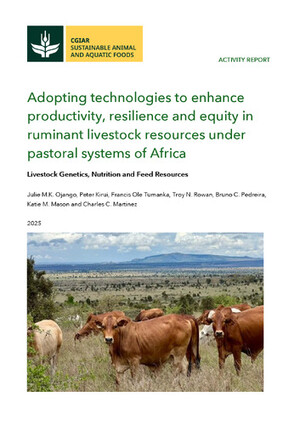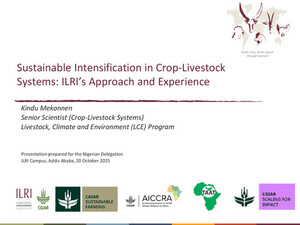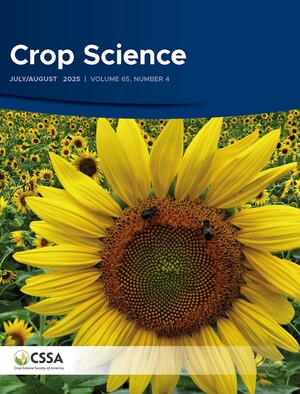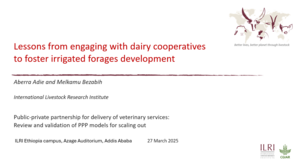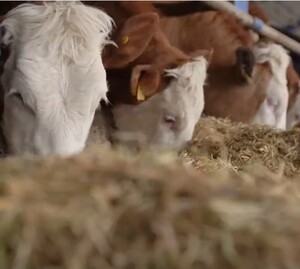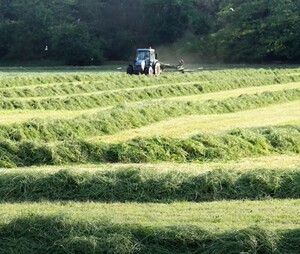
Mechanisms behind high N2O emissions from livestock enclosures in Kenya revealed by dual-isotope and functional gene analyses
Abstract
Livestock manure contributes to global warming due to greenhouse gas (GHG) emissions, especially nitrous oxide (N2O) and methane (CH4). In the arid and semi-arid lands of Sub-Saharan Africa (SSA), extensive pastoral grazing systems are common, with cattle grazing in the savanna during the day and kept in enclosures (called bomas in Kenya) during the night. Manure is usually not removed from bomas but left to accumulate, leading to excessive local nitrogen loads, making these bomas an overlooked N2O emission hotspot in SSA that is currently not accounted for in national and regional GHG budgets. Here, we present the first in-situ isotope measurements of N2O fluxes from 37 cattle bomas along an age gradient ranging from 0 to 5 years after boma abandonment in Kenya along with functional gene analysis of soil and manure samples. The isotopic composition of the emitted N2O from bomas suggests that on average 91 ± 8% N2O was produced via bacterial denitrification and/or nitrifier denitrification, with little variation across boma age class. We also found high levels of N2O reduction to N2 across all sample sites (81 ± 9%), indicating high levels of N2O consumption. The abundances of denitrification-related genes (nirK and narG) were significantly higher than those of nitrification-related genes (amoA: AOA and AOB) in the cattle manure samples taken from the bomas, corroborating N2O emissions largely being attributed to denitrification. Significant abundance of the reduction-related gene (nosZ) also corroborated the high potential for microbial N2O reduction in bomas. Thus, by combining dual-isotope and functional gene analysis, we were able to identify source processes that govern N2O emissions from these systems. More generally, making use of the manure by spreading it in the vicinity of the bomas or on dedicated forage plots could provide a win-win by enhancing savanna productivity while simultaneously mitigating GHG emissions.
Citation
Xiantao Fang, Harris, S.J., Leitner, S.M., Butterbach-Bahl, K., Conz, R.F., Merbold, L., Dannenmann, M., Oyugi, A., Shuwei Liu, Jianwen Zou, Six, J. and Barthel, M. 2024. Mechanisms behind high N2O emissions from livestock enclosures in Kenya revealed by dual-isotope and functional gene analyses. Soil Biology and Biochemistry 196:109505.



